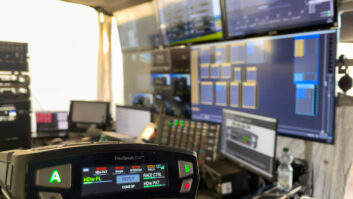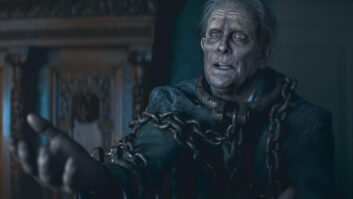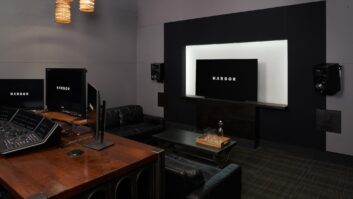Tristan Nyby boasts an impressive horror legacy, having previously worked on notable films like The Dark and the Wicked and The Conjuring: The Devil Made Me Do It. Therefore, it made sense when Australian filmmaker James Wan and director Michael Chaves enlisted him as the cinematographer for the eagerly-awaited The Nun II.
This gothic supernatural horror not only carries forward the storyline that was introduced by its 2018 predecessor, The Nun (stylised as †HE NUИ), but it’s also the ninth instalment in The Conjuring Universe franchise.
The films offer a theatrical portrayal of the actual experiences of Ed and Lorraine Warren, renowned paranormal investigators and authors linked to well-documented, albeit contentious, instances of supernatural phenomena.
The Nun II film showcases the return of familiar faces such as Taissa Farmiga, Jonas Bloquet, and Bonnie Aarons, reprising their roles from the first instalment.
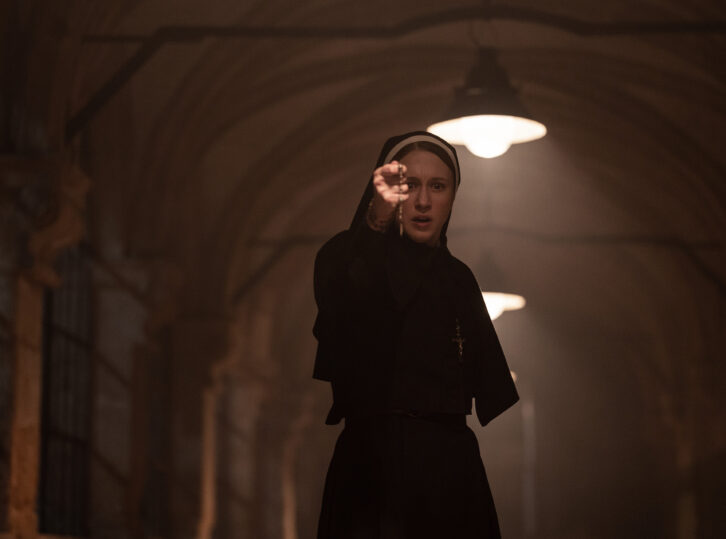
Taking place four years after the events of its predecessor, the film delves into the journey of Sister Irene as she encounters the malevolent entity Valak, also known as the Nun, once more. On this occasion, the unsettling confrontation occurs within the confines of a boarding school located in France.
When it came to lighting the film, Nyby aimed for an unfiltered horror experience, free from excessive gimmicks. His practical lighting choices contributed to the movie’s grounded and visceral essence, intensifying psychological and emotional terrors with raw authenticity.
“I knew I wanted to keep a natural feel to keep the audience grounded in reality,” he explains. “The more realistic the lighting and more familiar the world is, you can build tension through what you don’t see and the scares have a strong impact.”
Whenever possible, Nyby would motivate light through windows or use practicals and the team utilised a wide assortment of fixtures. Large HMIs and tungsten units pushed light through windows and smaller led fixtures augmented light from practicals. “For night exteriors on the city streets, I often only used sodium vapour practicals and embraced the darkness in between,” he continues. “We tried to light actors’ faces with Tungsten units rather than LED, wherever we could.”
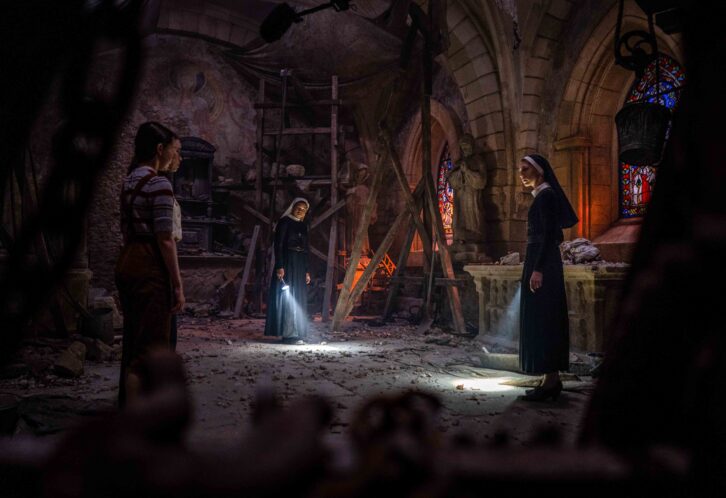
To keep the film visually cohesive, it was a modus operandi they adhered to throughout. “Our aim was that through the entire film, the lighting should feel natural,” he adds. “When supernatural forces were at play, we used a slightly more elevated and stylised lighting – but still grounded in reality. It felt really important to ensure we didn’t go too far with any stylised lighting, so that it didn’t feel forced. Just a slight change when the supernatural elements show themselves to enhance the moment.”
The Sony Venice 2 was Nyby’s choice of camera for the production, primarily because of the low light sensitivity it offers. What’s more, he says the kit stood out from the rest because of its great colour rendition with natural skin tones. “I often shot at 3200 ISO and was able to rely on low light practicals – even candle light – which lends itself to the naturalistic feel we aimed for from the start,” he adds.
Nyby shot with a mix of Panavision anamorphic lenses, because he and Chaves both love the nostalgic “movie” feel that anamorphic lenses create as well as the widescreen format. “We used G and E series primes and T-series zoom lenses and most of these lenses were fairly sharp but still have a depth of character,” he says.
When it came to VFX, Nyby says he “felt it was important” that it blended in as seamlessly as possible. “There are a number of supernatural fire effects throughout the film,” he explains. “These were done by shooting separate fire elements and compositing them into the scenes. My gaffer Michel ‘Mitch’ Bouquerel built a few different fire rigs to simulate a fire effect on our practical sets.”
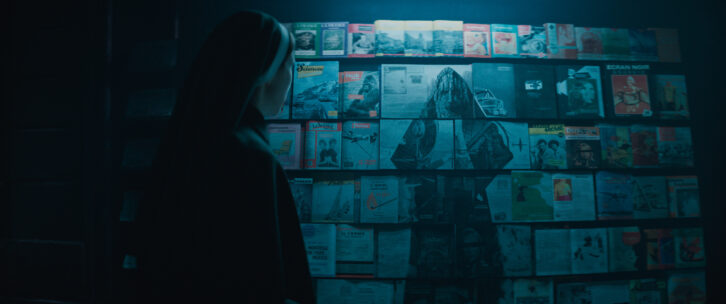
Forging an unsettling atmosphere stands as the very bedrock of any formidable horror production. Nyby divulges that he and Chaves orchestrated protracted, tension-laden sequences throughout moments imbued with the supernatural and spine-chilling elements.
“Slow pans and intentional camera movements were used to create a feeling of unease,” he continues. “In some ways it is like the camera is its own character. In the school, there are a few scenes that take place in a stairway that is four stories tall. The key grip Michel Strasser built a rig that enabled the camera to move vertically through the entire staircase. He used a series of ropes hung from the ceiling to move the camera on a Ronin 2.”
There were also key considerations that went into selecting the colour grading for the film, to enhance the story and relationship between Sister Irene and Valak.
“We did the colour grading with colourist Alastor Arnold at Fotokem and we tried to stick to the same naturalistic feel that we aimed for when shooting,” Nyby continues. “We didn’t drastically change the colour from what we originally shot. We only used the Sony LUT while shooting and tried to keep the colour grade in line with that.”
Sleep tight.
The Nun II was released in cinemas across Europe on 8th September.
